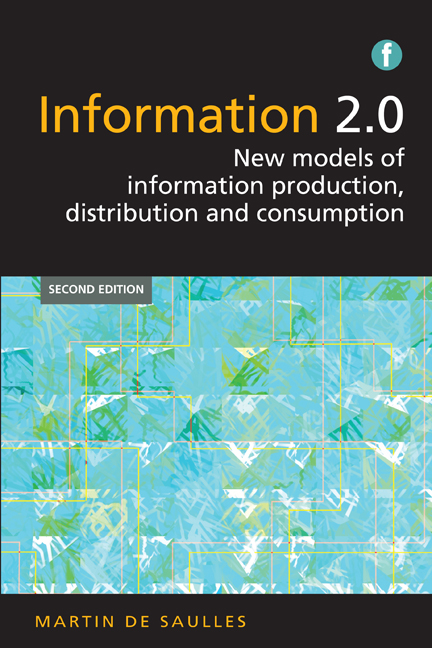3 - New models of information storage
Published online by Cambridge University Press: 08 June 2018
Summary
Introduction
Societies that had no way of codifying information relied on the human memory and story telling as the only way to share information and to pass it down to future generations. A number of myths and legends that are now part of our literature and culture are likely to have originated from what is called the oral tradition. By the nature of such memorized story-telling it is often impossible to ascertain where stories originate but it is likely that the legend of Beowulf and the poems of Homer started life in this way. The development of the cuneiform writing system over 5000 years ago and subsequent alphabets that we would now recognize enabled information to be transcribed for the first time and provided one of the cornerstones for the emergence of what we would call civilization. Financial imperatives drove much of the innovation in writing methods as traders needed to document their purchases and sales and public officials took note of taxes which were due or had been paid. That we know anything about these early alphabets is because many of them were written into clay tablets, which have lasted through the millennia. Apart from the development of new media such as parchment and paper for storing texts, the evolution of writing tools such as pencils and pens and then the invention of the printing press to make the reproduction of documents more efficient, little else has changed since the first clay tablets of 3000 BC.
The inventions mentioned above were undoubtedly significant, particularly the printing press, but the final output was always the same: a physical, analogue representation of the information. While typewriters and printing presses allowed books, newspapers and other documents to be created at ever lower costs and in larger numbers, what came out of the machine was still something with weight and volume that degraded over time and required physical space to be stored. Much of the work of librarians over the last several hundred years has been the management of these physical resources, which has required shelving, storage repositories and the replacement and rotation of stock as it wears out or becomes outdated.
- Type
- Chapter
- Information
- Information 2.0New models of information production, distribution and consumption, pp. 49 - 74Publisher: FacetPrint publication year: 2015



